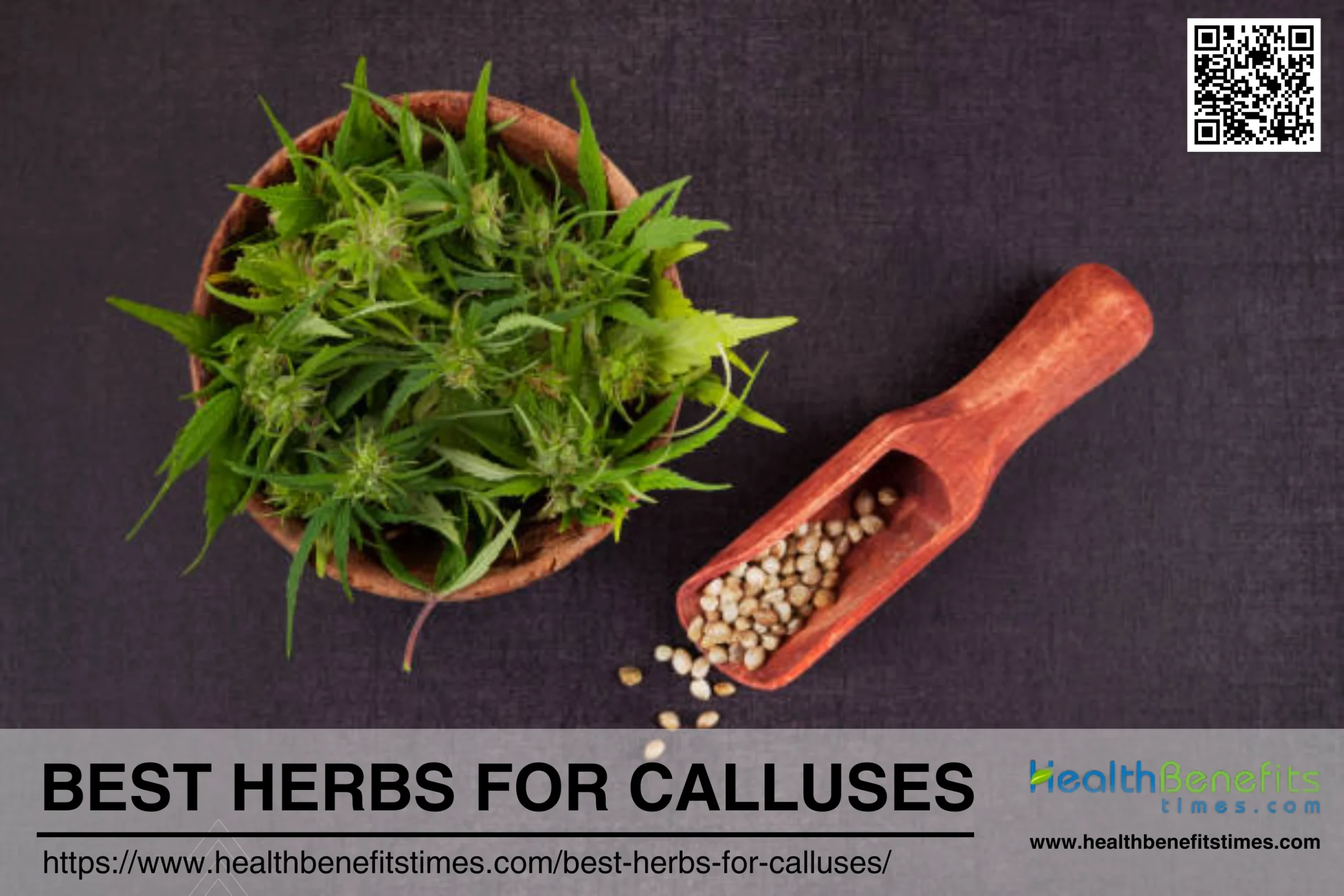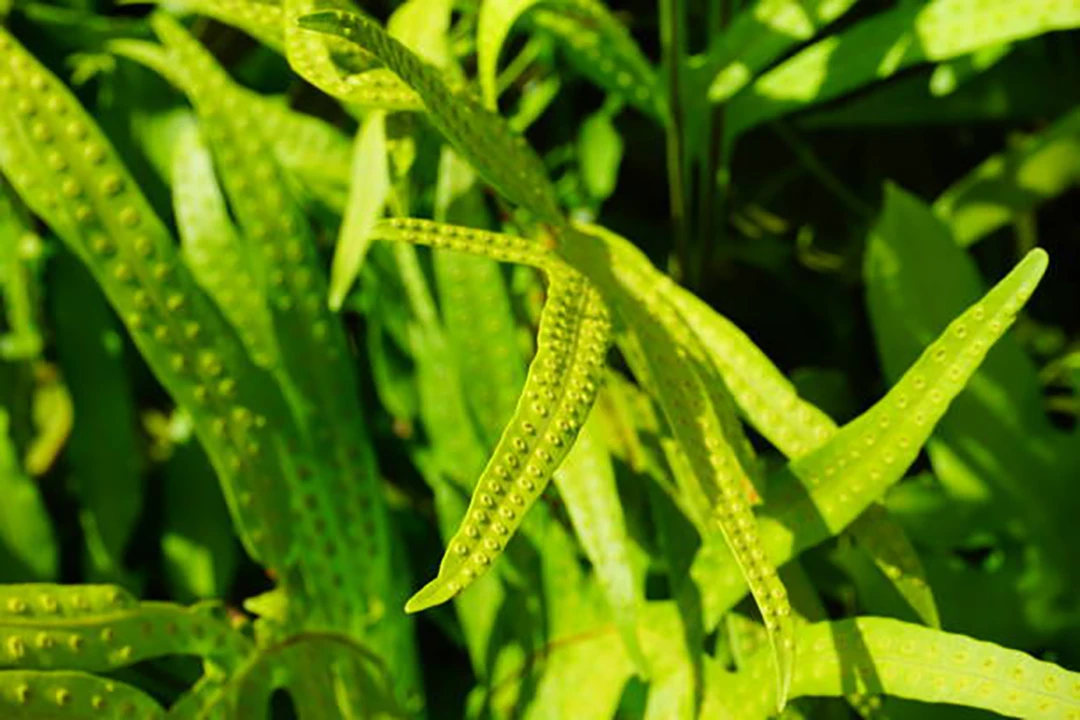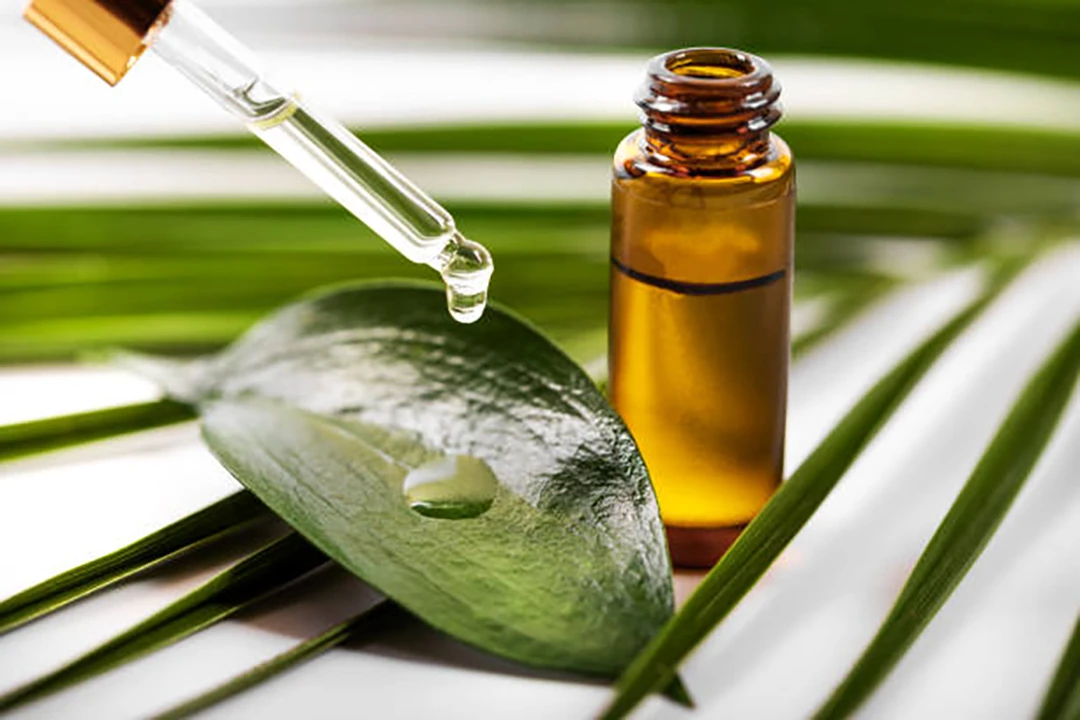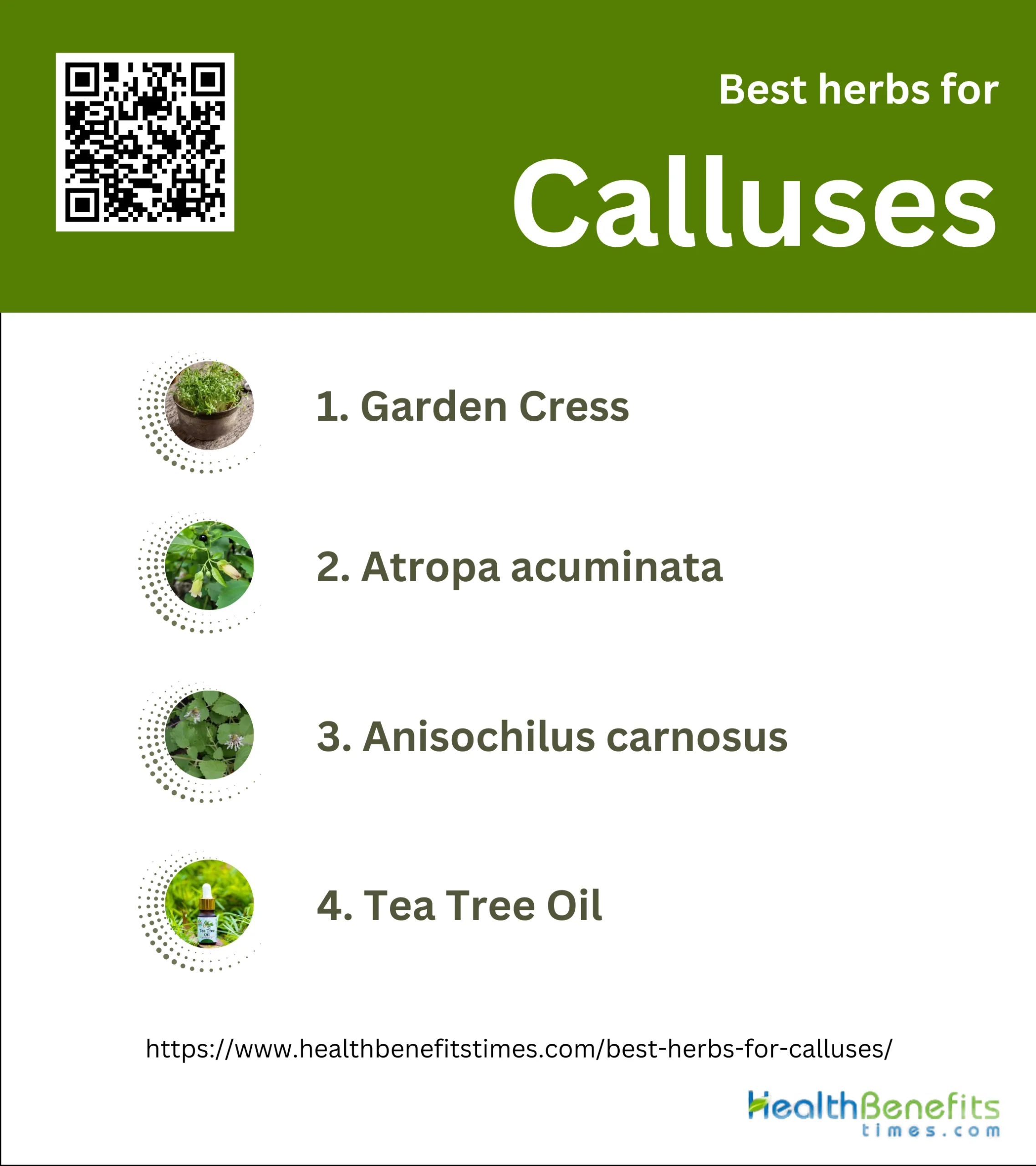 Calluses are defined as areas of thickened skin that develop in response to chronic friction, pressure, or irritation. They serve as a protective mechanism, forming a barrier to prevent further damage to the underlying tissues. In plants, calluses refer to masses of unorganized tissues that arise from injury, consisting of undifferentiated cells that can vary in consistency from soft to hard. These plant calluses can be induced and cultured under specific conditions, leading to the development of differentiated plantlets. In humans, calluses are often seen as occupational stigmata, such as those found on the hands of professional milkers due to repetitive tasks. While generally harmless, calluses can sometimes lead to complications like skin ulceration or infection if not properly managed.
Calluses are defined as areas of thickened skin that develop in response to chronic friction, pressure, or irritation. They serve as a protective mechanism, forming a barrier to prevent further damage to the underlying tissues. In plants, calluses refer to masses of unorganized tissues that arise from injury, consisting of undifferentiated cells that can vary in consistency from soft to hard. These plant calluses can be induced and cultured under specific conditions, leading to the development of differentiated plantlets. In humans, calluses are often seen as occupational stigmata, such as those found on the hands of professional milkers due to repetitive tasks. While generally harmless, calluses can sometimes lead to complications like skin ulceration or infection if not properly managed.
Types of Calluses
Calluses might seem like just rough patches of skin, not all calluses are the same. Understanding the different types can help you manage and treat them more effectively. Here’s a breakdown of the various types of calluses, how they form, and what you can do to prevent and treat them.
- Terminal Callus
- Apical Callus
- Intercalary Callus
- External Callus
- Straight Callus
- Attenuated Callus
- Opposite Callus
- Pillar Callus
- Agenetic Callus
- Soft Callus
- Hard Callus
Common Causes of Calluses
These thickened patches of skin develop as a protective response to repeated pressure or friction. Understanding the common causes of calluses can help you take steps to prevent them and maintain healthy skin. Here’s a look at the most frequent culprits behind the formation of calluses and how you can address them.
- Foot Deformation
- Poorly Fitting Shoes
- Abnormal Foot Mechanics
- High Levels of Activity
- Prolonged Mechanical Friction and Shearing Forces
- Repetitive Motions
- Diabetes-Related Foot Pressure
- Walking Barefoot
- Dry skin
- Obesity
Best herbs for Calluses
Using herbs to care for calluses instead of medication offers several compelling advantages. Herbal treatments are rooted in centuries of traditional knowledge and have been scientifically validated for their efficacy in promoting wound healing, including the treatment of corns and calluses. Unlike synthetic medications, herbs such as Lepidium sativum have shown significant callus formation and healing properties without adverse side effects, as demonstrated in experimental studies. Additionally, the use of herbal remedies can mitigate the environmental impact associated with the overharvesting of medicinal plants, as in vitro propagation techniques can produce effective callus extracts without depleting natural resources. Furthermore, herbal treatments often contain a complex mixture of bioactive compounds that can provide multiple therapeutic benefits, such as anti-inflammatory and analgesic effects, which are crucial for managing the discomfort associated with calluses. Therefore, the holistic and sustainable nature of herbal remedies makes them a preferable alternative to conventional medications for callus care.
1. Garden Cress
Garden cress, a nutrient-rich herb, is beneficial for treating calluses due to its natural emollient and anti-inflammatory properties. The seeds of garden cress are packed with essential fatty acids and vitamins, which help moisturize and soften hardened skin, making it easier to remove calluses. Additionally, the herb’s anti-inflammatory compounds can reduce swelling and discomfort associated with calluses. By applying a paste made from crushed garden cress seeds directly onto the affected area, individuals may experience a soothing effect and gradual improvement in skin texture. Regular use of garden cress as a natural remedy can promote healthier skin and alleviate the discomfort caused by calluses.
What Research Says?
- Based on research carried out by Journal of Family Medicine and Primary Care, Methanolic extract of Lepidium sativum seeds significantly enhances callus formation in fractured bones, with notable improvements observed as early as the second week post-fracture.
- As per studies undertaken by South African Journal of Botany, Callus cultures of Lepidium sativum show higher efficiency in producing mucilage and lepidine, which are important secondary metabolites. This suggests that callus culture can be optimized for high-throughput production of these compounds.
How to Use
Consuming garden cress seeds, also known as halim seeds, can be an effective way to nourish your skin from within. You can add these seeds to smoothies, salads, or yogurt, or soak them in water overnight and consume them on an empty stomach in the morning. For topical application, grind the seeds into a fine powder and mix with a small amount of water or honey to create a paste. Apply this paste directly to the callused area, allowing it to sit for about 20-30 minutes before rinsing off.
Potential Side Effects of Garden Cress
Garden cress, while generally considered safe, can cause certain side effects if consumed in large quantities. It may lead to digestive difficulties and irritation of the intestines in some individuals. Additionally, garden cress contains goitrogens, which can interfere with iodine absorption and potentially lead to hypothyroidism, making it unsuitable for those with thyroid issues.
Who Should Avoid Garden Cress
Certain individuals should exercise caution or avoid consuming garden cress. Pregnant women are advised against using it due to its potential to induce uterine contractions, which can lead to miscarriage. People with hypothyroidism should also avoid garden cress because it contains goitrogens that can interfere with thyroid function. Additionally, individuals with low potassium levels or those prone to low blood pressure should use garden cress cautiously, as it may exacerbate these conditions by flushing potassium from the body and lowering blood pressure.
Interaction with Medications
Garden cress can interact with several medications, necessitating caution for those on specific treatments. It may act like a diuretic, affecting how the body processes lithium, potentially leading to increased lithium levels and serious side effects. Additionally, garden cress can lower blood sugar levels, which might require adjustments in diabetes medication to prevent hypoglycemia. It can also lower blood pressure, potentially interacting with antihypertensive drugs and causing blood pressure to drop too low.
2. Atropa acuminata

Atropa acuminata, a plant known for its medicinal properties, can be beneficial for treating calluses due to its natural analgesic and anti-inflammatory effects. The compounds found in Atropa acuminata, such as alkaloids, help in reducing the pain and discomfort associated with calluses by numbing the affected area. Additionally, its anti-inflammatory properties can help decrease swelling and redness, facilitating the healing process. When applied topically as an ointment or poultice, Atropa acuminata can soften the hardened skin of calluses, making them easier to manage and remove. However, due to its potent active ingredients, it is essential to use this plant under professional guidance to avoid potential side effects.
What Research Says?
- According to studies performed by Acta Physiologiae Plantarum and International Journal of Sciences, Calluses and regenerated plants of Atropa acuminata exhibit significant antioxidant activities, with higher yields of phenols, flavonoids, and other antioxidant enzymes compared to the mother plant.
How to Use
It is generally not recommended to consume Atropa acuminata directly because of its potential toxicity and the risk of adverse effects. Instead, the plant is more commonly used in topical formulations. For external application, a carefully prepared extract can be used in ointments or creams that are applied directly to the callused area. This method allows the active compounds to work on softening and reducing the callus without the risks associated with ingestion.
Potential Side Effects of Atropa acuminata
Atropa acuminate can lead to a range of side effects. These include nervous system disturbances such as confusion, hallucinations, and agitation. Physiological effects can include dry mouth, blurred vision, increased heart rate, urinary retention, and constipation. In severe cases, it can cause more serious conditions like tachycardia, fever, flushed skin, and even respiratory failure or cardiovascular collapse.
Who Should Avoid Atropa acuminata
Individuals with certain health conditions should avoid using Atropa acuminata. Those with pre-existing heart conditions, glaucoma, or urinary retention issues might experience exacerbated symptoms due to the plant’s anticholinergic effects. Pregnant and breastfeeding women should also avoid it due to potential risks to the fetus or infant.
Interaction with Medications
Atropa acuminata can reduce the effectiveness of drugs like cisapride, used for gastrointestinal issues, and may enhance the effects of other anticholinergic drugs, increasing the risk of side effects such as confusion and increased heart rate. Additionally, it can interact with medications like amitriptyline, buprenorphine, and amantadine, potentially increasing the severity of adverse effects. Patients taking these or similar medications should consult their healthcare provider before using Atropa acuminata to avoid harmful interactions.
3. Anisochilus carnosus
Anisochilus carnosus, a plant renowned for its medicinal properties, can be beneficial in treating calluses due to its soothing and anti-inflammatory characteristics. The plant contains essential oils and bioactive compounds that help soften the hardened skin of calluses, making them easier to manage and remove. Its anti-inflammatory properties can also reduce swelling and discomfort associated with calluses, promoting faster healing. When applied topically as a poultice or in the form of an infused oil, Anisochilus carnosus can penetrate the skin to provide relief and improve overall skin texture. Additionally, its antimicrobial properties help prevent infections that can sometimes occur in cracked callused areas, making it a versatile natural remedy for maintaining healthy skin.
What Research Says?
- According to investigations conducted by Environmental and Experimental Biology, Callus extracts of Anisochilus carnosus exhibit higher antioxidant activity compared to leaf and stem extracts, making them a potent source of phytotherapeutic antioxidants.
- As demonstrated by research from African Journal of Pharmacy and Pharmacology, Leaf and leaf callus extracts of Anisochilus carnosus have demonstrated antibacterial activity against various bacterial strains, with callus extracts showing notable efficacy against Klebsiella pneumonia.
- According to the research carried out by International Journal of Pharmaceutical Sciences and Research and Journal of Applied Pharmaceutical Science, Effective protocols for callus induction and in vitro propagation of Anisochilus carnosus have been established, with high callusing percentages achieved using specific concentrations of plant growth regulators.
How to Use
To use Anisochilus carnosus for treating calluses, it is best applied topically rather than consumed orally. You can create a soothing poultice using the leaves of the plant. Begin by crushing fresh Anisochilus carnosus leaves to release their juices and form a paste. Apply this paste directly onto the callused area and cover it with a clean cloth or bandage to keep it in place. Leave the poultice on for about 20-30 minutes to allow the active compounds to penetrate the skin and soften the callus.
Potential Side Effects of Anisochilus carnosus
Some individuals might experience mild allergic reactions, such as skin irritation or rash, especially when applied topically. There is also a possibility of gastrointestinal discomfort if consumed in large quantities. Additionally, due to its active compounds, there might be a risk of hepatotoxicity if used excessively, although studies have shown its hepatoprotective effects at controlled doses.
Who Should Avoid Anisochilus carnosus
Certain individuals should avoid using Anisochilus carnosus, especially those with known allergies to plants in the Lamiaceae family. Pregnant and breastfeeding women should exercise caution and consult with a healthcare provider before using this herb, as its effects on pregnancy and lactation are not well-documented. Additionally, individuals with pre-existing liver conditions should be cautious, given the plant’s potential impact on liver function, despite its hepatoprotective properties in some studies.
Interaction with Medications
Anisochilus carnosus may interact with certain medications, particularly those affecting liver function or metabolism. The plant’s compounds could potentially alter the activity of liver enzymes, affecting how drugs are metabolized in the body. This interaction might impact the efficacy and safety of medications such as anticoagulants, antidiabetic drugs, and those processed by the liver.
4. Tea Tree Oil

Tea tree oil is highly beneficial for treating calluses due to its natural antiseptic and anti-inflammatory properties. This essential oil helps soften the thickened skin of calluses, making them easier to exfoliate and remove. Its anti-inflammatory effects can reduce the swelling and discomfort often associated with calluses, promoting a more comfortable healing process. Additionally, tea tree oil’s antimicrobial properties help prevent infections, which can be a concern if the skin around calluses becomes cracked or damaged. When used as part of a foot soak or applied directly in diluted form, tea tree oil can effectively improve the condition of callused skin, leaving it softer and healthier. However, it is important to use tea tree oil in moderation and always dilute it with a carrier oil to prevent skin irritation.
What Research Says?
- As shown by research done by Journal of Zhejiang University-SCIENCE B, Tea tree oil has demonstrated anti-inflammatory effects, which could potentially help in reducing the inflammation associated with calluses.
- According to the findings from research conducted by Frontiers in Pharmacology, the topical application of tea tree oil has been shown to be effective in treating various skin conditions, suggesting it may also be beneficial for calluses.
How to Use
Begin by diluting a few drops of tea tree oil with a carrier oil, such as coconut or olive oil, to reduce the risk of skin irritation. Once diluted, apply the mixture directly to the callused area using a cotton ball or swab. For enhanced effectiveness, you can also add a few drops of tea tree oil to a warm foot soak. Soak your feet for about 15-20 minutes to allow the oil to penetrate and soften the calluses. This method not only helps in softening the hardened skin but also provides antimicrobial benefits, reducing the risk of infection. Regular application can lead to smoother, healthier skin and relief from the discomfort of calluses.
Potential Side Effects of Tea Tree Oil
Common side effects include skin irritation, redness, and itching, especially for those with sensitive skin. In some cases, allergic reactions such as dermatitis can occur, characterized by a rash or blistering. It is crucial to conduct a patch test before widespread use to ensure no adverse reaction occurs. Ingesting tea tree oil is highly discouraged as it can lead to serious side effects, including confusion, ataxia, and even coma, due to its toxic nature when consumed internally.
Who Should Avoid Tea Tree Oil
Individuals with a known allergy to tea tree oil or its components should avoid using it to prevent allergic reactions. Those with sensitive skin or a history of eczema should use tea tree oil cautiously, as it may exacerbate their condition. Pregnant and breastfeeding women should consult with a healthcare provider before using tea tree oil, as its effects during pregnancy and lactation are not fully understood.
Interaction with Medications
Tea tree oil is primarily used topically and is not known to have significant interactions with systemic medications. However, when used in conjunction with other topical treatments, it may alter their effectiveness or increase the risk of skin irritation. For example, using tea tree oil alongside other strong antiseptics or acne treatments could lead to increased skin dryness or irritation.
FAQs
- Can herbal remedies completely eliminate calluses, or do they only provide temporary relief?
Herbal remedies can help soften and reduce calluses over time, but whether they completely eliminate them depends on the severity of the callus and the consistency of treatment. For stubborn or recurrent calluses, additional measures like proper footwear and regular exfoliation may be necessary.
- How often should I apply herbal treatments to calluses for the best results?
The frequency of application varies depending on the herb used. Generally, applying herbal treatments once or twice daily can help achieve the best results. It’s essential to monitor the skin’s response and adjust the frequency as needed.
- Are there any risks associated with using multiple herbal remedies simultaneously on calluses?
Using multiple herbal remedies simultaneously can increase the risk of skin irritation or allergic reactions. It’s advisable to start with one remedy and observe how your skin reacts before introducing others. Consulting with a healthcare provider or herbalist can also help you avoid potential interactions.
- Can I use herbal remedies for calluses on other skin conditions like corns or bunions?
Yes, many herbal remedies used for calluses can also be beneficial for treating corns or bunions, as these conditions also involve thickened skin. However, the approach may need to be adjusted based on the specific condition and its severity.
- How long does it take to see results when using herbs for calluses?
The time it takes to see results varies depending on the herb and the severity of the callus. Some individuals may notice improvements within a week, while others might require several weeks of consistent treatment.
- Are there any specific herbs that should be avoided for callus treatment in people with sensitive skin?
People with sensitive skin should be cautious with potent herbs like Atropa acuminata or even essential oils like tea tree oil, as they can cause irritation or allergic reactions. It’s recommended to perform a patch test or consult with a healthcare provider before using such treatments.
- Can I combine herbal treatments with over-the-counter callus removal products?
While combining herbal treatments with over-the-counter products is possible, it should be done cautiously to avoid excessive irritation or adverse reactions. It’s best to alternate treatments or consult with a healthcare provider to ensure safe use.
- Do I need to see a doctor if herbal remedies don’t improve my calluses?
If herbal remedies do not improve your calluses after a few weeks of consistent use, or if you notice signs of infection or other complications, it’s advisable to see a doctor or dermatologist for further evaluation and treatment options.
- Are there any dietary changes that can support the treatment of calluses?
While the article focuses on topical treatments, maintaining a healthy diet rich in vitamins and minerals, particularly Vitamin A and E, can support skin health and may help in preventing the formation of calluses.
- Can I use herbal treatments for calluses on children or elderly individuals?
Herbal treatments can be used on children or elderly individuals, but it’s essential to choose gentle, non-irritating herbs and to consult with a healthcare provider to ensure safety, especially if the individual has sensitive skin or other health conditions.


